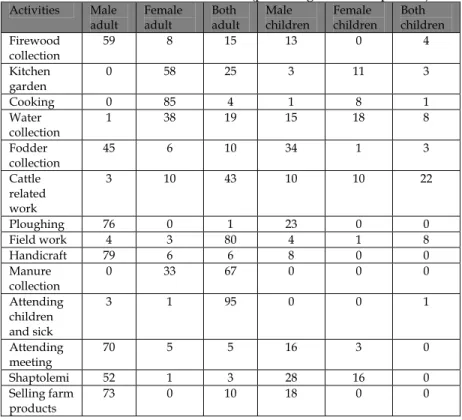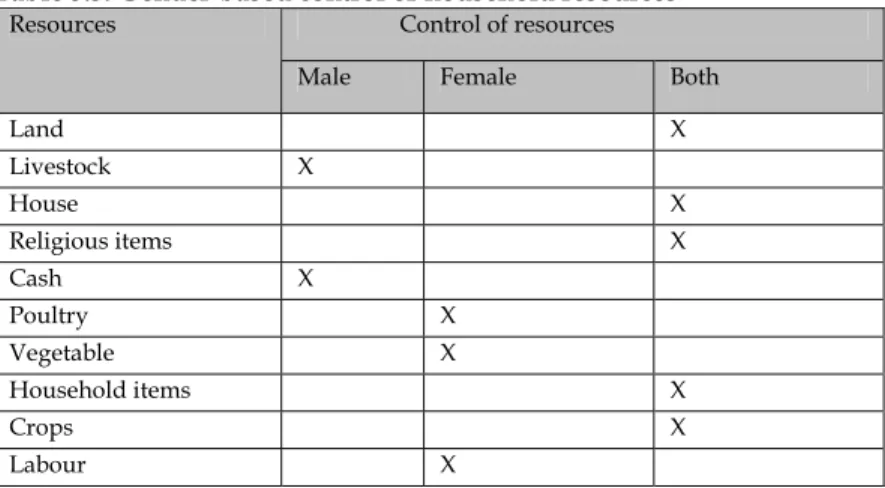An Overview of the Monpas
The Monpas of Wangling, Jangbi and Phumzur villages are a homogenous and close-knit community that live and work in groups. Joint family systems are prevalent in these villages. It was noted during interactions with the villagers that most of the households are related to each other. It is believed that the Monpas of these three villages are members of a huge family whose members got married, moved out of the house and settled in the three villages. For hundreds of years, they have kept themselves isolated from the mainstream Bhutanese society and have been able to preserve their local culture and tradition. However, documentary evidence does not exist to corroborate this fact.
The term Monpa as explained by the Monpas of Wangling, Jangbi and Phumzur means “people of darkness”. This explains the isolation, low self-esteem and low socio-economic condition of this indigenous group of people as they see themselves. In general term, Mons, are refered to people without a religion and refers to the period before the advent of Buddhism in Bhutan. Buddhism was introduced in Bhutan by Guru Rimpoche in the eighth century.
The Monpas were originally hunters and food-gatherers. The
Monpa culture, tradition and practices are all intrinsically
linked to the forests around them. The Monpas began to
cultivate crops by gradually clearing some parts of the forests
through the primitive slash and burn cultivation, known as
tseri. Subsequently, they began to domesticate cattle and
maintained large areas of land for pasture locally known as tsamdo. After several decades, they began to adopt permanent cultivation, mainly dryland farming (kamzhing). In 1983, the RGOB introduced wetland cultivation (chuzhing) in these three villages. The Monpa people were trained to irrigate their land and cultivate paddy.
Cane and bamboo are the two most versatile natural resources available to the Monpas. The Monpas are traditionally weavers and they weave a variety of items for household use.
Since a few years ago, they have also started to produce handicraft items for sale. Most Monpas have spent their entire lifetime in their village and forests around them. It was found that some of the Monpas have begun travelling outside their villages including their district headquarters, Trongsa, only in the recent times.
Monpa people by nature are very simple and carefree. They
do not have the habit of saving and follow barter system
within and outside their villages. Most of the households (92
percent) reported food shortage in the first three months of
the Bhutanese calendar (February-April) before the winter
crop harvest. In times of famine or food shortage, the Monpas
go to Trongsa Dzongkhag Administration and seek kidu
which they have been receiving until now as they are the
poorest community in the district. Recently, after the initiation
of a UNDP/GEF Small Grants project in 1999, the community
has formed a cooperative and has also established a
community trust fund. The Monpa community uses the fund
cautiously during food shortage or to perform death rituals.
JANGBI



